Burns Lake and the Lakes District… Mother Nature’s adventure playground. With 3,000 miles of lakes, the region offers some of the best fishing and boating in British Columbia. Feel like catching a trophy rainbow? Try Eutsuk or Babine Lake. Like to fly fish? Grab your favourite rod and reel to try Helene or Mackenzie. These same bodies of water are great for boating too.
Francois and Ootsa, with their hidden coves and pine-clad islands, are great for day and overnight cruises. Burns Lake and its smaller twin, Decker Lake, are perfect for paddling and water skiing. Have a sailboard or jet ski? Bring these toys along too, because you’ll have plenty of opportunities to use them.
But the Lakes District is more than just a boating and fishing paradise. The area has much more to offer outdoor enthusiasts. This region has always been popular with hunters, who come from all over the world to hunt moose, deer and black bear. Game birds are plentiful and some of the high country areas produce good sized mountain goats.
Hikers and cyclists will also find plenty to keep them busy here. There are more than two dozen trails in the region (many of them only minutes from downtown Burns Lake), also the Boer Mountain Recreation Area has world-class bike trails for riders of all skill levels.
There’s no shortage of camping available, either. Travellers who prefer well-established, easily accessible sites will find them along the Tchesinkut, Babine, Francois, Uncha and Takysie Lakes. Starting to get the picture? Visiting Burns Lake; they offer only one warning, you might come for a week and stay for a lifetime.
Facts
• If it’s true wilderness you seek, look no further than Tweedsmuir Park, one of the largest protected areas in British Columbia. Accessible only by boat, helicopter, or float plane, it boasts crystal clear lakes, thundering waterfalls and snow-capped mountains
• Artists and photographers find more than enough subject matter in the Lakes District. Sunsets and sunrises are stunning and the wildlife plentiful. Take the free ferry across Francois Lake to the Southside, where pastoral scenes abound; travel a bit farther south to Ootsa Lake to see the craggy face of Mount Wells. Set up an easel almost anywhere, you’ll find something worth sketching.
• The westward expansion of the fur trade and construction of the Collins Overland Telegraph Line attracted many European settlers. The first European to travel through the Carrier territory was Alexander Mackenzie. The first permanent European settler in the area was Charles Bulkley, an American engineer who was involved in the construction of the telegraph line.
• Around 1911, Burns Lake was a major centre for the construction of railroad ties for the Grand Trunk Railway. Once the railroad was built, settlers were drawn to Burns Lake with the promise of a new life. Barney Mulvaney was the town’s official founder. He arrived in Burns Lake by dogsled with the money he had won from a poker game. Learn more exciting history in our Guide.
Summers are comfortable and partly cloudy, and the winters are cold snowy and overcast.
Destination BC is developing a new campaign to promote hyper-local travel where residents are “tourists-in-their own hometown,” while practising the COVID-19 safety protocols as recommended by the B.C. Provincial Health Officer. Many B.C. parks are now open, and national parks were to open as of June 1.
(Check this website for current details on travel.)
Getting Here
Driving: At just over 1,000km (388 mi) from Vancouver, travel time to Burns Lake is about 11 hours via BC-97 N.

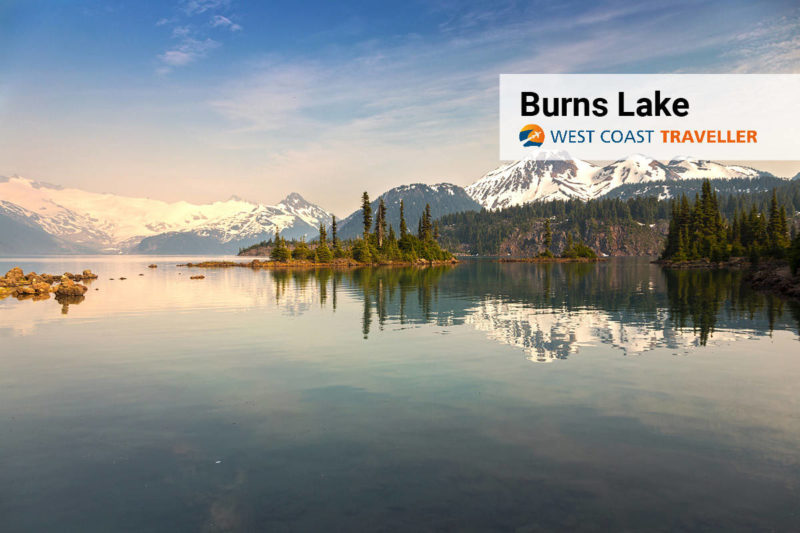
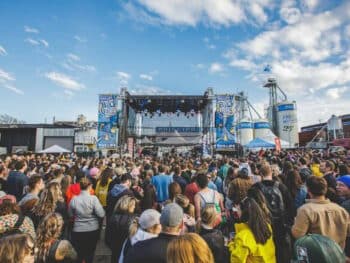
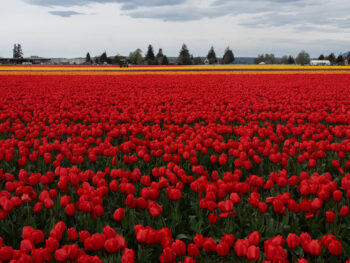

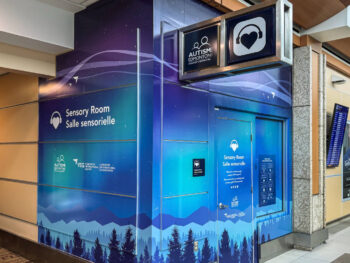
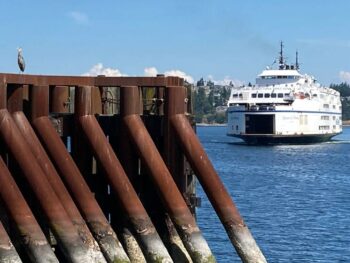
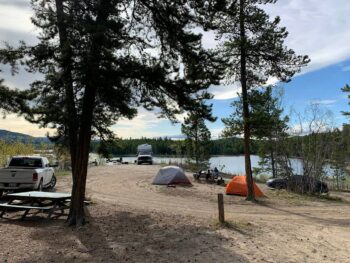
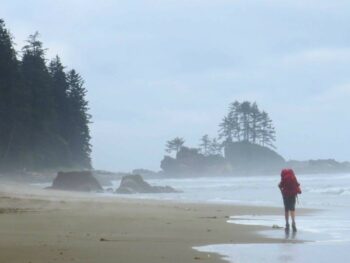
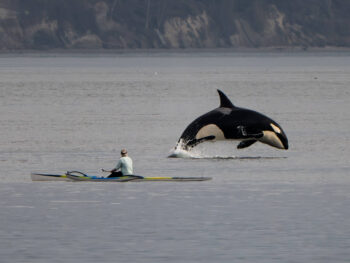
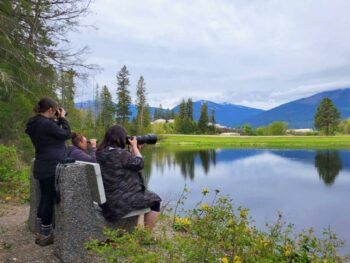
 Leslieville: A tiny hamlet with a beautiful stream
Leslieville: A tiny hamlet with a beautiful stream